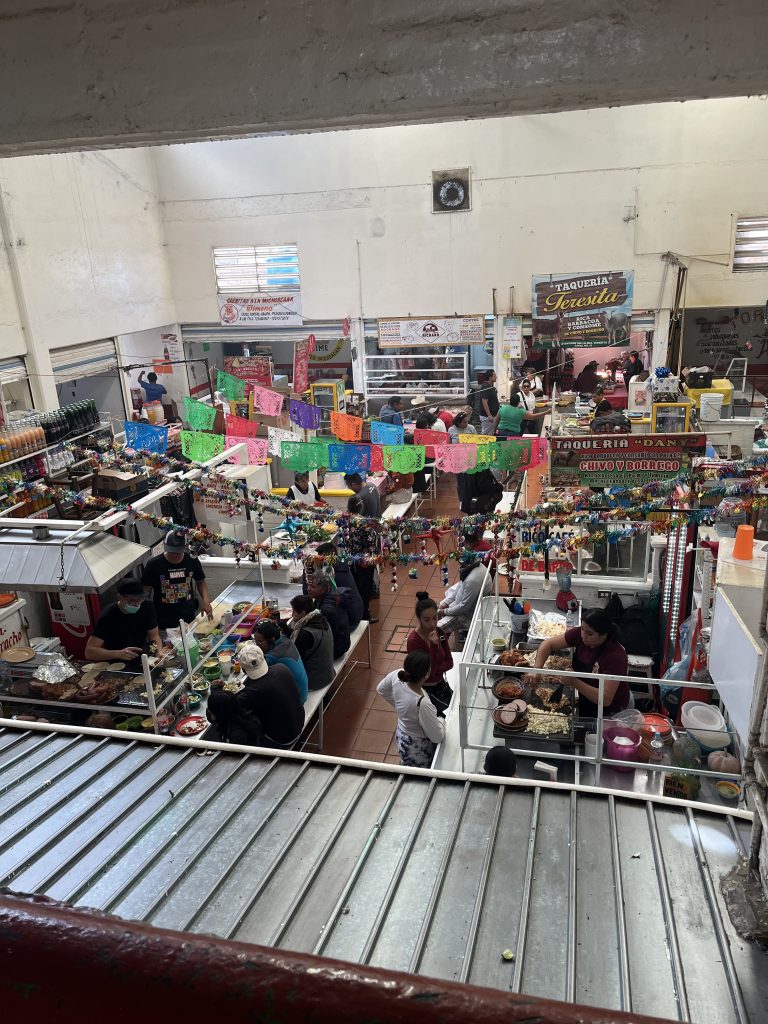When the US Dollar was volatile years ago, overseas vendors began asking for cash in Euros. We travelers were unaware of th loss of confidence in our currency. For incidentals, we carried what we deemed hard ‘greenbacks’. Today, the Dollar is sinking vis a vis many currencies. So how should you shop overseas with a rusty Dollar ? Travel Tips from The Women’s Travel Group.

No one is comfortable with a lot of cash. For one thing, it is dangerous to flash a wad of cash in public anywhere, even facing the hotel Front Desk. It is shocking how little security there is while one is talking to the Front Desk or Hotel Cashier. Aloud, you share your room number, you blurt your credit card details.
A second reason cash is a poor idea. If you lose cash, travel insurance does not cover the loss. Read the exemptions in your policy. It is possible- vaguely- your homeowners will cover the loss; again read the tiniest print you find.
Third, why waste time in the line at a foreign bank or Change Bureaux to swap US cash for local. Change Bureaux rates are terrible, their are fees high. And, at the end of your trip you might be stuck with unusual currency you never needed. Not all of the EU uses the Euro. The UK, Denmark, Sweden, Poland, Czech Republic, Romania have their own currencies.
A cashless society today in Europe means you need access to a Visa card, and possibly Visa and Mastercard. These are the most accepted credit cards in Western Europe. Discover and some credit union cards are not used. Apple Pay is fast growing in popularity with an iPhone, iPad, Apple Watch, Mac, or Apple Vision Pro for Apple Pay. You might need access to wifi in some areas. Apple pay to send or receive money is not available out of the US.
Paypal. Recently we’ve seen the PayPal logo in taxis and store windows in Western Europe. Paypal says it is available in 200 countries and in 25 currencies. Paypal’s rules in Europe might be different from those in the US. Be aware of this and of currency exchange rates via this system. But it is there for a quick purchase or cab ride.
Other Ways to Pay
Prepaid cards. For instance: you were gifted a pre paid Visa card. My experience is these do NOT always work for in person transactions. They are designed for use in internet shopping. Merchants who take credit cards, want to insert your card into their card readers for protection.
Vouchers. Your tour operator gives you a voucher for a service. When you receive the paperwork or internet link, read it carefully so you know what it covers. ie. It might not cover taxes which, in Europe, can be 18% or it might be for a limited time frame.
ACH direct bank transfers. Yes these will work anywhere, but do you really want your bank details floating out to a merchant you just met? To wire funds, you need to access your bank account in a store or hotel in public wifi— dangerous moves. For very pricey items, some merchants might agree that you can send funds once you are home. In a few cases, where merchants lived in controlled currency countries, I have been asked to send money to a third party. Or to write out a US check to a cousin in New Jersey.
Yes a personal check sometimes will do the job for shopping overseas. I always carry 1-2 checks.
Google pay is becoming popular in countries where Android phones are more common. It remains less common. Barter is another article….
Happy Shopping Overseas tips from The Women’s Travel Group, award winning luxury tour company for women and women’s groups. Going somewhere soon and need help? Call us 646 309 5607.


